The latest financial results from the country’s largest steelmakers reveal the scale of the slowdown. Producers are grappling with weak prices, contracting margins, and rising operational costs. Declines in revenue and profits have become widespread, while free cash flow has turned negative for some players for the first time in years.
Exports, once a lifeline for Russian mills, have also lost their shine. Sales to Türkiye, one of the key buyers of Russian semi-finished steel after 2022, have been curbed by Ankara’s new import rules requiring local re-rollers to source a minimum share of feedstock domestically. Meanwhile, competition in Asia and the CIS remains fierce, with Chinese exporters flooding regional markets at discounted prices to offload surplus material.
Pig iron exports have fallen to multi-year lows, with prices hovering around $300 per tonne FOB Black Sea, the weakest level in five years. Some recovery is seen in flat steel exports, but volumes remain too modest to offset losses elsewhere.
On the global stage, there are faint signs of stabilization. Prices for iron ore and coking coal ticked up modestly in early autumn, supported by supply risks in Brazil and West Africa, as well as easing trade tensions between the U.S. and China. However, analysts caution that these gains are driven by cost factors rather than real demand growth.
Hot-rolled coil prices have inched up to around $490 per tonne, and some forecasts point to a potential rise toward $510 by year-end.
Russia’s steelmakers are now operating on razor-thin margins. Export sales remain barely profitable, serving mainly to keep mills running at capacity. The domestic market, traditionally the main source of income, continues to shrink as construction, automotive, and machinery sectors suffer from limited financing.
The steel sector has effectively become a mirror of the broader Russian economy: technically functional, but under increasing strain from reduced liquidity and shrinking investment.
Meaningful recovery will only come through stronger domestic demand. This could be achieved through state-backed infrastructure programs, long-term procurement plans, and temporary fiscal relief for producers. Proposals under discussion include deferred tax payments, preferential loans, and lower rail tariffs for steelmakers.
Additional support could come from improving export logistics and securing stable access to alternative markets across Asia, Africa, and the Middle East. Yet, without structural easing of credit conditions, ideally bringing borrowing costs down to 12–14%, demand from key steel-consuming industries is unlikely to rebound.


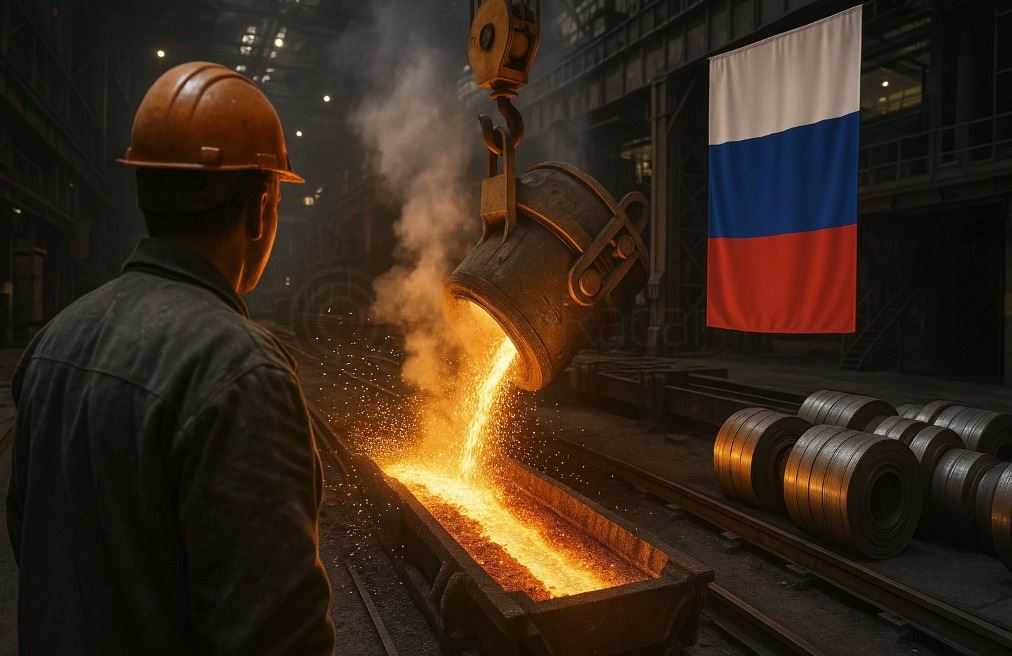
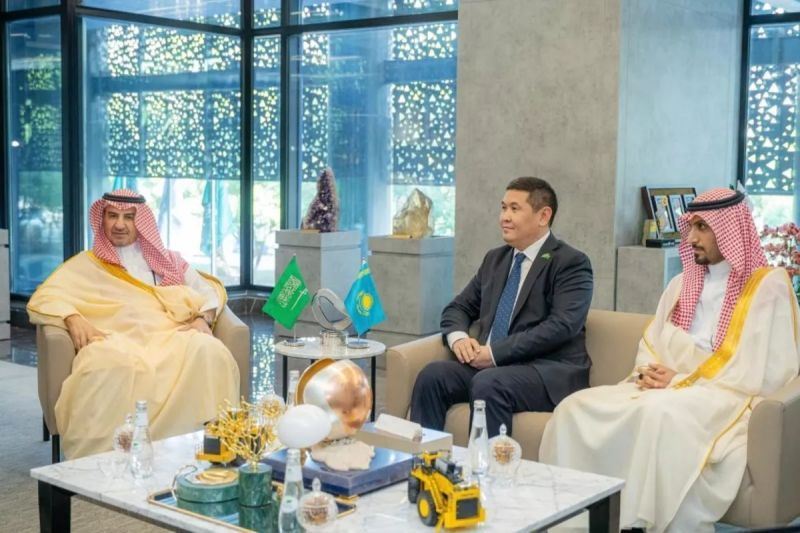
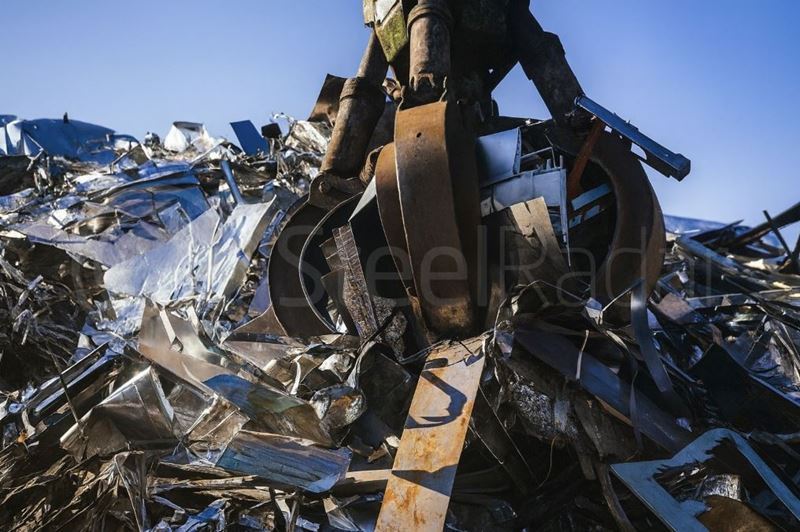
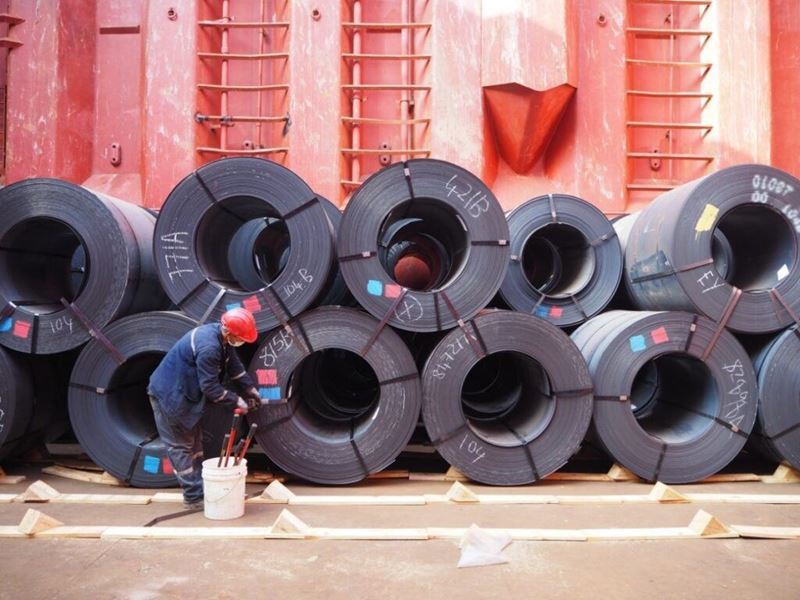
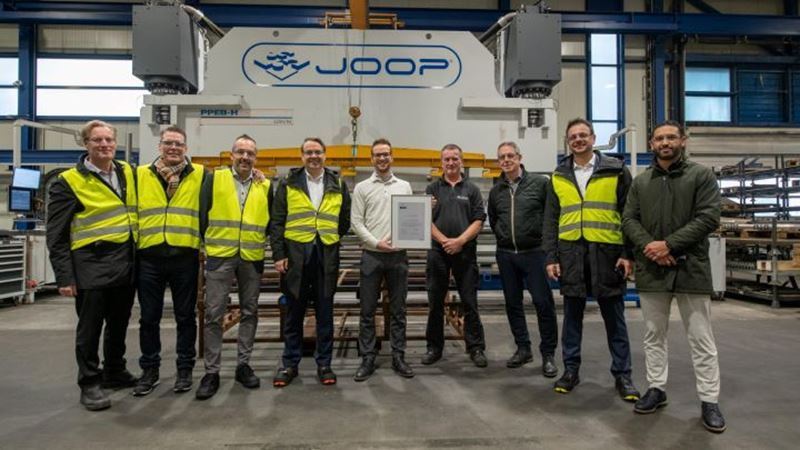
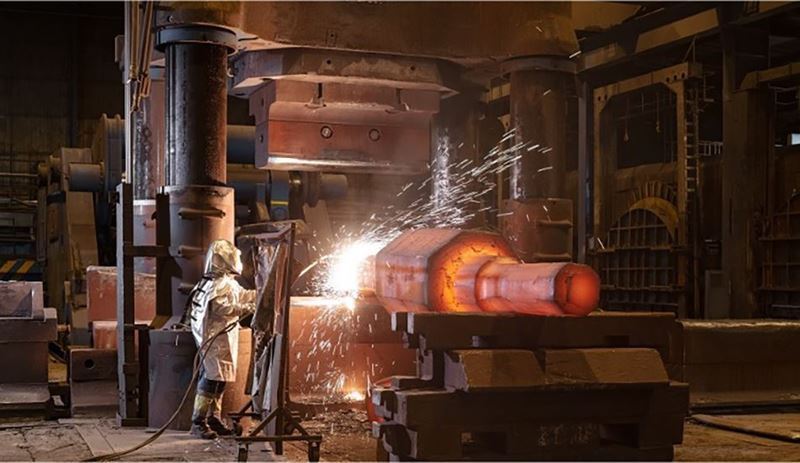

Comments
No comment yet.